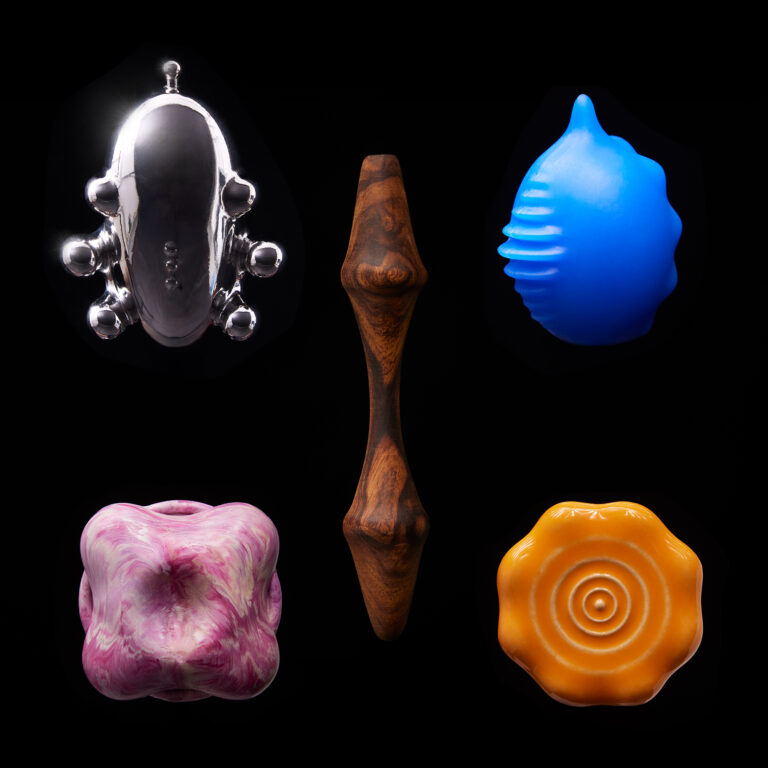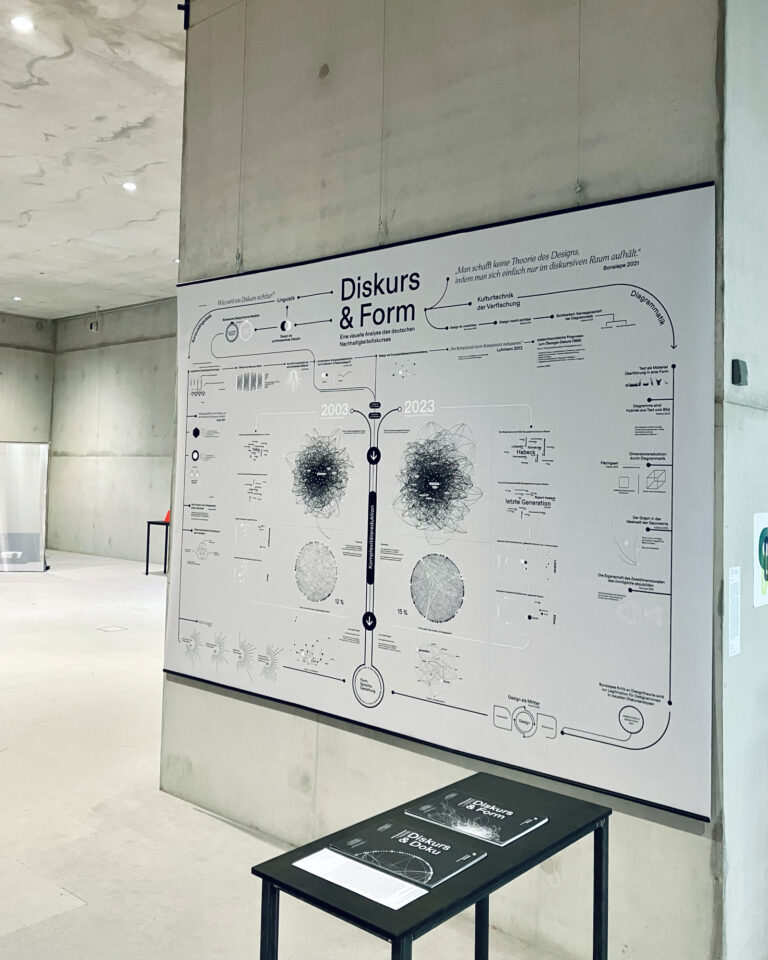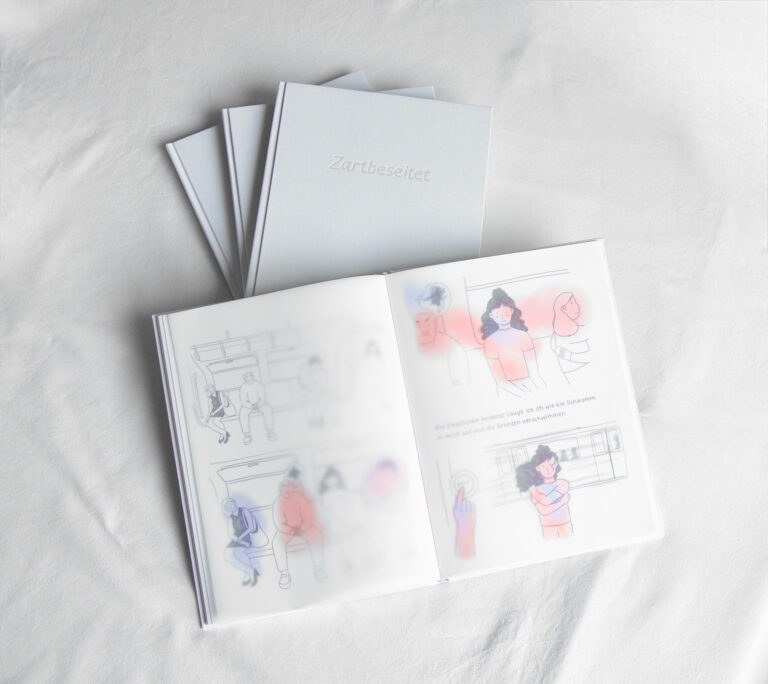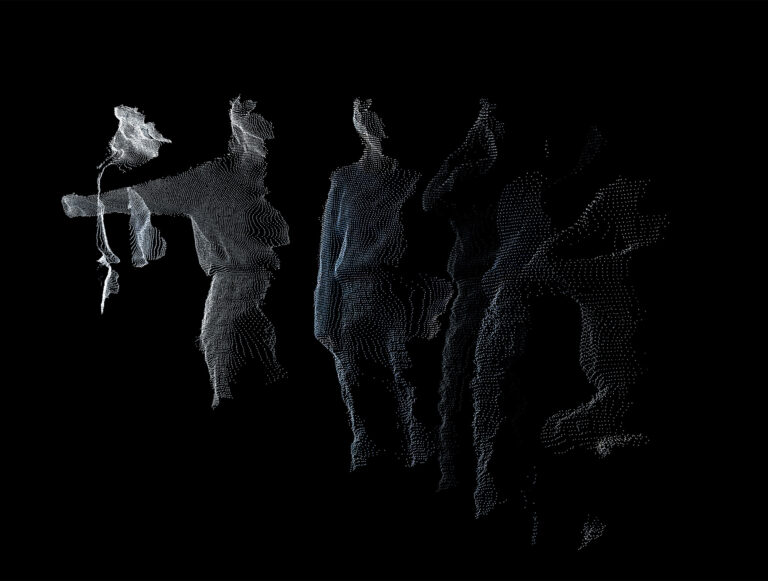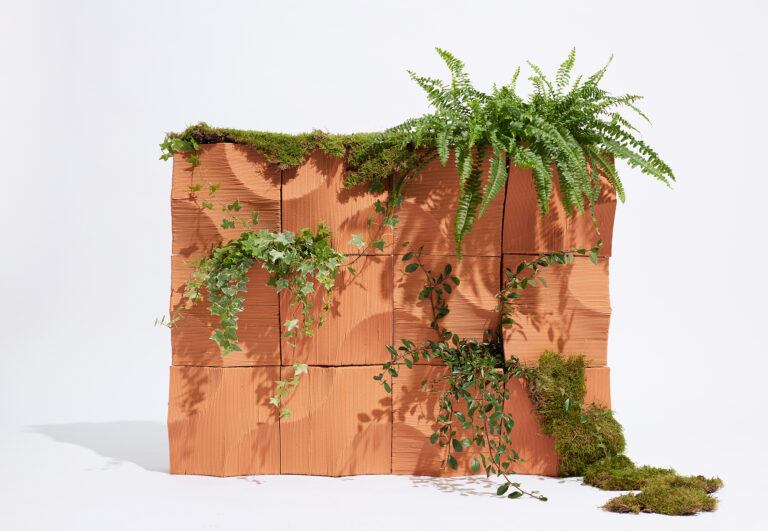Folkwang Universität der Künste Essen
id.folkwang-uni.de
folkwang-uni.de
Lecturers
Prof. Anke Bernotat
Professor of Design & Innovation
Prof. Marion Digel
Professor of Specialist Design
and Design Principles
Prof. Dr. Johanna Schmeer
Professor of Design for Interaction & Inquiry
Prof. Kurt Mehnert
Professor of Strategy & Vision
Prof. Stefan Neudecker
Professor of Design by Technology
Prof. Christian Schreckenberger
Professor of Experimental Design
The Folkwang University of the Arts is one of the largest art and music universities in Germany, offering courses in music, theatre, dance, design and science. The Department of Design is located in the city of Essen on the grounds of the UNESCO World Heritage Site Zeche Zollverein and offers degree programmes in the fields of product design, communication design and photography.
The B.A. Product Design and M.A. Design Futures programmes understand design and artistic processes as a place of transformative material and social possibilities. Design is understood as an attitude and as a tool that enables students to critically examine the complexities of our world and intervene in them through design.
Increasingly complex global challenges demand greater professional flexibility and mobility, conceptual, strategic and interdisciplinary thinking and action from future product designers. We therefore see design as a process that leads to the generation of innovations by bringing disciplines together. The aim is to train creative personalities – with generalist professionalism and specific expertise in product design and with solid competence in the independent realisation of design processes.


